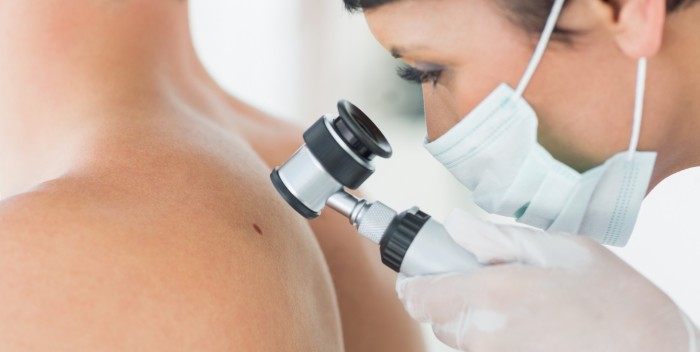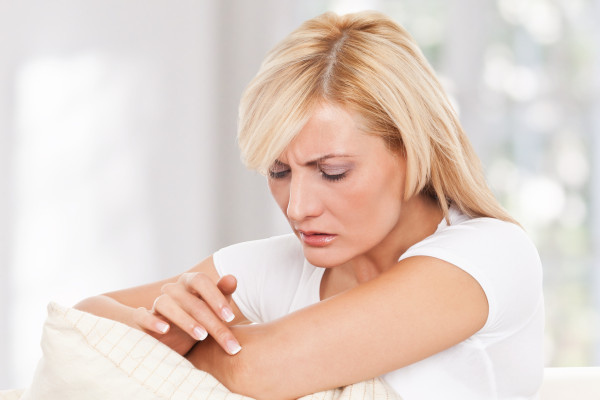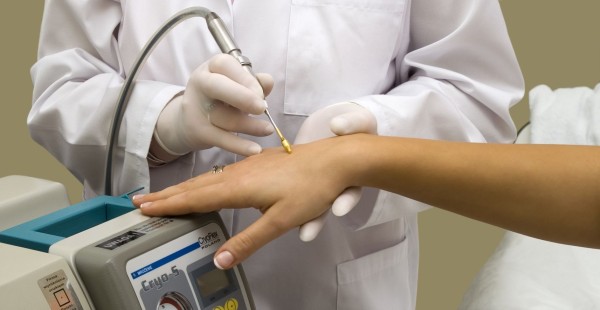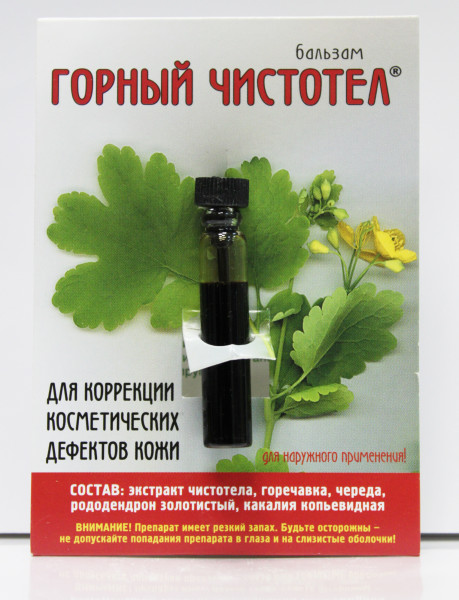Warts: causes, treatment, prevention
Probably every child in childhood was warned by friends or parents to take frogs and toads in their hands. Allegedly, they will have warts on their hands. Of course, it seems ridiculous now. But still, where do warts come from and how are they treated?
Content
Causes of warts
Skin growths, called warts, are collections of small nodules. They are usually benign, but sometimes they can develop into malignant ones. The boundaries of these neoplasms are always clear, the size is from a pinhead to 2 cm. They do not cause pain. Warts can form on different parts of a person's body. They are gray-yellow in color, and sometimes brown warts appear.
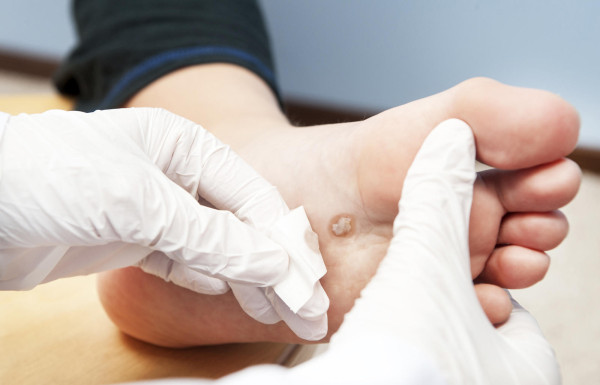 The cause of warts is infection with a special papillomatosis virus. This virus has more than 100 varieties and lives only on human skin and mucous membranes, it does not infect other organs. Infection occurs through contact with the skin of an already sick person or through the use of general hygiene items, for example, nail scissors.
The cause of warts is infection with a special papillomatosis virus. This virus has more than 100 varieties and lives only on human skin and mucous membranes, it does not infect other organs. Infection occurs through contact with the skin of an already sick person or through the use of general hygiene items, for example, nail scissors.
The disease has two stages. With an inactive stage, a person may not be aware of the presence of a virus for several years. But as soon as the immune system weakens, the virus begins to actively manifest itself (second stage) - warts are formed.
Warts in children
- Hands, knees and elbows - this is where warts are most often formed in children. These domed seals are dirty gray, hard and rough to the touch. Such warts are called vulgar.
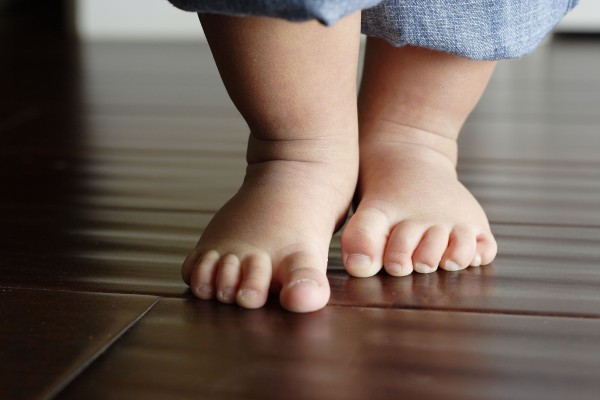 Another type of wart occurs on the soles of a child and is uncomfortable while walking. These are plantar warts.
Another type of wart occurs on the soles of a child and is uncomfortable while walking. These are plantar warts.- In the face area, flat warts are usually formed that have a smooth and flat surface. They come in a light brown shade.
- Filiform warts form around the eyes, around the mouth, nose and neck.
If you notice a neoplasm that looks like a wart in your baby, then consult a dermatologist for advice. He will be able to accurately determine the nature of the neoplasm and recommend treatment.
Usually doctors recommend refraining from treatment, as most childhood warts go away on their own. If the warts cause discomfort or grow in size, change color, then the wart must be removed.
For the treatment of neoplasms, ointments, cauterizing solutions and plasters are used. Typically, treatment with these methods takes up to two weeks. If you need to quickly solve the problem, the wart is removed with a laser or cryotherapy.
Treating warts
Do not remove warts yourself using a razor blade or scraping the wart with a knife. Now there are many medicinal ways to deal with this unpleasant defect.
- Buy the drug "Ferezol" at the pharmacy, which cauterizes warts. The solution needs to be applied only to the neoplasm itself; for this you can use a match or a toothpick. For a small wart, one application will be enough. If the defect is large, apply the product in 3 or 4 doses. After a while, the wart will dry out and fall off. If it has not disappeared completely, it will be necessary to re-process it.
- Another drug with a similar action is "Verrukacid". It acts more gently and precisely, with a special applicator to protect healthy skin areas.
- For the treatment of warts, you can use Viferon ointment containing interferon. Treatment with this ointment lasts up to a month.
- To cure a wart, you can use special patches, for example, the Salipid patch. Sulfur and salicylic acid are included in this healing patch. Before applying the patch, the wart is steamed in a hot bath. A plaster is glued to the carefully wiped skin. You need to keep it for 2 days. If necessary, you can repeat the treatment several more times.
Removal of warts
If medication fails, the wart is removed. There are several ways to do this:
- Freezing with liquid nitrogen. Within a few seconds, using a special cryoapplicator, liquid nitrogen is applied to the wart. After this procedure, a bubble appears in the wart area, which dries out within a week. After a couple of weeks, only a light spot remains from the wart.
- With electrocoagulation, the neoplasm is removed with a metal loop under high-frequency current. This procedure is performed under local anesthesia. Exposure to electric current disinfects tissues. Such a procedure is performed when it is required to make sure that the wart is benign. The crust formed at the site of the wound heals within a week.
- A laser is used to get rid of the wart. This procedure is performed under local anesthesia. As a result, instead of a wart, a small fossa remains, which levels out after about 20 days.
- If the size of the defect is very large or there are several connected warts, surgical excision is performed. The operation is performed with local anesthesia. After it, only a light scar remains.
Removing warts at home
You can try to remove the warts yourself using traditional medicine methods. Here are some recipes:
- Removal with vinegar. Make a mixture of three drops of vinegar and flour. It should be thick. Apply the mass to the wart, trying not to touch intact skin. Let it dry a little, then cover it with a thick plaster and wrap it with a bandage. Keep the bandage on for 12 hours, after which the wart should come off.
- Fresh celandine juice removes warts well. It must be applied to the wart and not touch the intact skin around it. Be careful, as celandine juice is very pungent. If there is no fresh plant, then you can purchase celandine extract at the pharmacy.
- Salicylic acid is used to get rid of warts. Before using it, steam the wart with hot water. Then apply a drop of salicylic acid to it and wrap it with a bandage.
- Regular garlic can also be used to remove warts. Squeeze the juice out of the garlic and lubricate the wart with it several times a day. After 10 days of such treatment, the first results will be noticeable. To simplify the task, make a cake out of garlic juice and flour and attach it to the wart, securing it with a plaster. This bandage can be kept for 2 days, and then a new one can be applied.
Prevention of warts
To prevent the appearance of warts on the body, you must first of all carefully monitor your personal hygiene. Use only individual towels, slippers, washcloths and other personal hygiene items when visiting public baths, saunas and swimming pools. Do not take off your shoes in saunas and do not step on the tiles with bare feet. For wounds, even minor and shallow, carefully treat the wound with brilliant green or hydrogen peroxide.
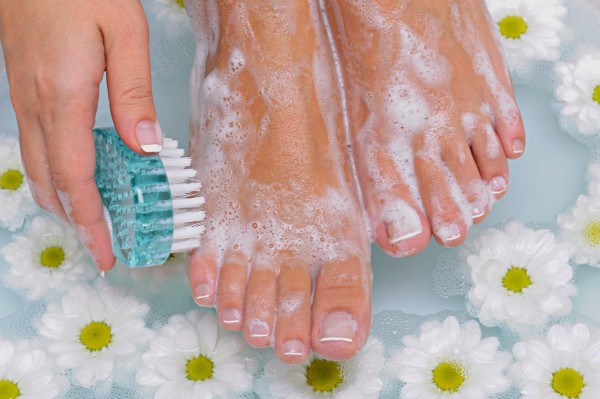 If you have to keep in touch with someone with warts, do not share hygiene items and always wash your hands.
If you have to keep in touch with someone with warts, do not share hygiene items and always wash your hands.
Always try to maintain your immunity, especially during periods of exacerbation of colds. Lead an active lifestyle so that in case of risk, pathogens of the disease cannot manifest themselves.
